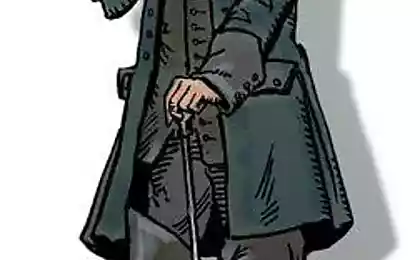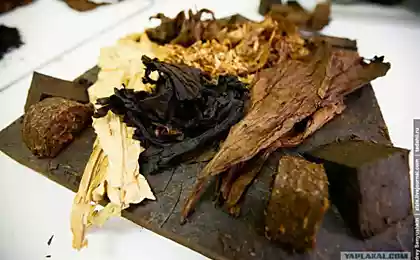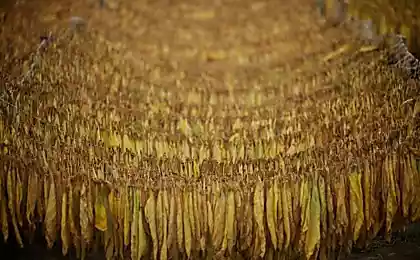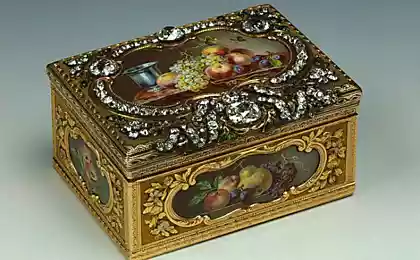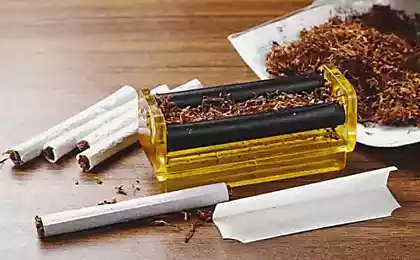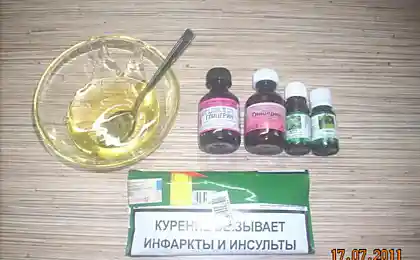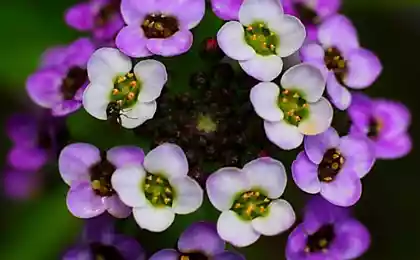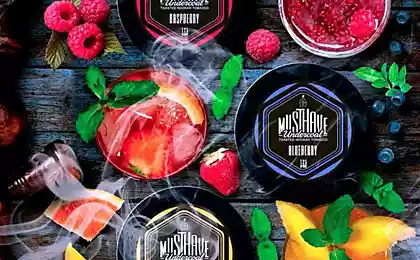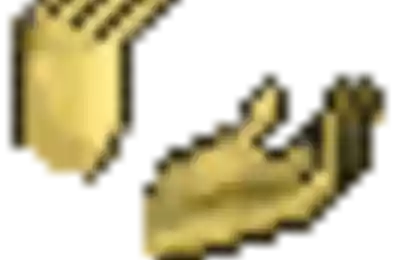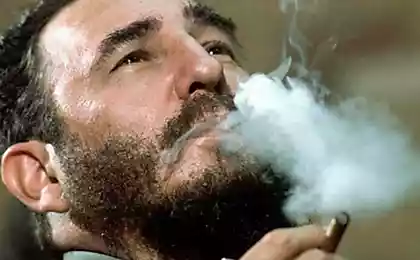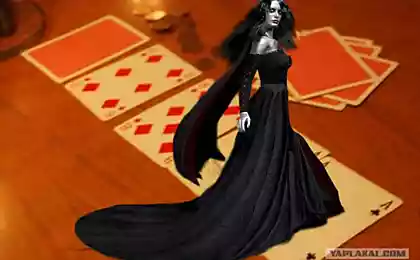725
How to grow tobacco
Tobacco plantations in Chilik district of Almaty province were founded during the time of the Union, when produced cigarettes "Kazakhstan", popular for its quality and flavor. Since then gave way to the factory, rather than Kazakhstan, new brands of cigarettes, and the plantations have continued to grow tobacco.
23 photos via voxpopuli
1. Tobacco seeds are usually sown in February and transplanting in the open ground is carried out in April-May

2. The variety of tobacco called "ordinary tobacco» (Nicotiana tabacum). A large plant with long leaves reaches a half to two meters tall. Information for our readers the name of the plant, "nicotine" has occurred in the XVI century and was named in honor of the French ambassador to Portugal, Jean Nicot, who introduced the use of the French court snuff

3. Collect the first tobacco leaves starts mid-July and continues until the end of August, when the leaves begin to turn yellow. On one bush is from 12 to 18 leaves, which are harvested manually, starting from the bottom. Scrub with dangling lower leaves continue to grow for several days in order to have time to develop the remaining leaves. Then middle leaves are removed, and a few days later, the uppermost - they produce the most intense and juicy
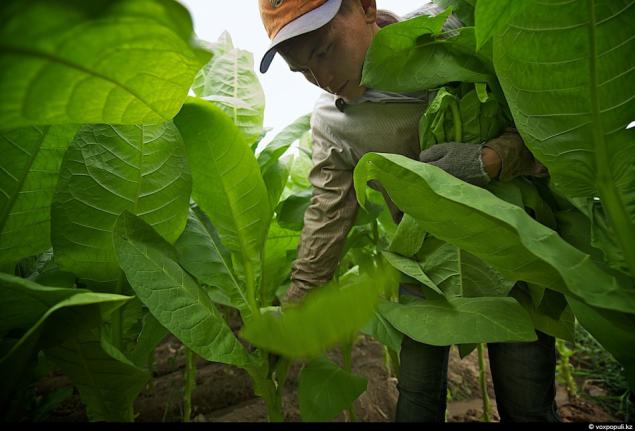
4. To avoid tobacco resin absorbing into the skin, use gloves and work clothes closed
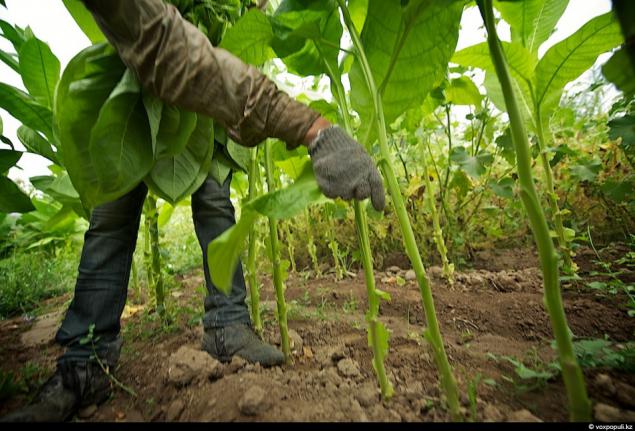
5. It is unprofitable to remove leaves in unripe or green state entirely, as they have long dry raw materials and turns rough, which impairs their commercial quality

6. On the plantation area of 6 hectares per breaking going about a ton of raw

7. One sack of leaves weighs 30-45 kg
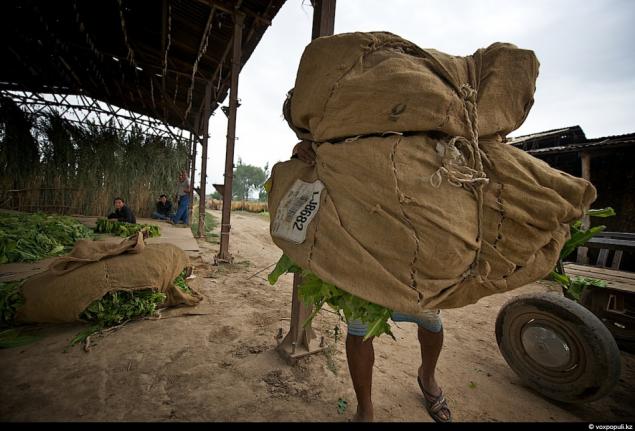
8. First, collect all the bags under the shed, then spread out leaves and begin the next stage - a bunch

9.

10. The most long and tedious stage is just stringing leaves

11. During the day, one worker stringing cords 20-25
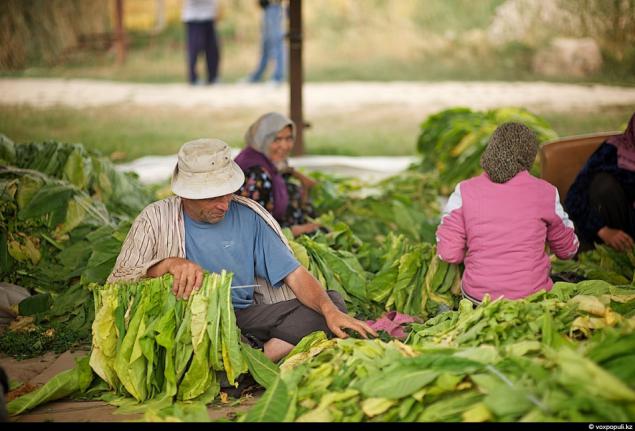
12. During the six months of continuous work he can earn 1,000 to 1,500 dollars. Labor on tobacco plantations mostly residents of Kyrgyzstan and Uzbekistan, which are specifically come to work during the season. According to unofficial data of 4 to 30 thousand people

13. But even when legally in Kazakhstan, to talk about themselves, they are in no hurry - no need to once again remind myself of the migration police. In addition, the press did not cease scandals related to child labor in the tobacco fields
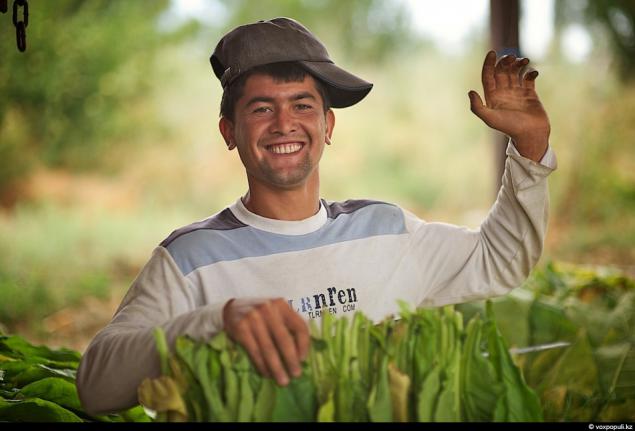
14. From the tar tobacco hands blackened. In addition, there is a so-called "green tobacco sickness" when because of nicotine absorbed by the skin appears dizziness, headache, nausea, rash, and red

15. But for the plantation workers - this is the only way to make money, so these "little things" do not pay attention
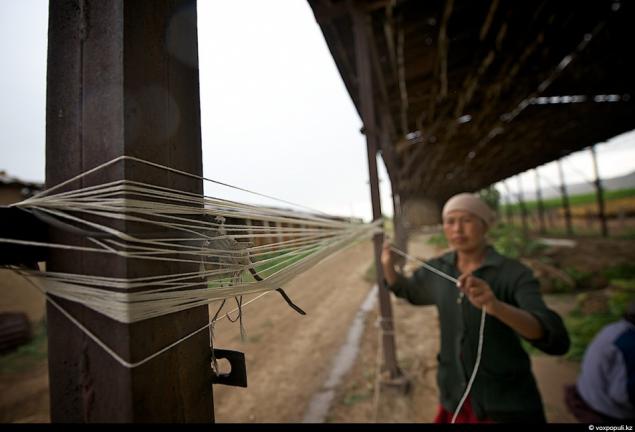
16. After tobacco leaves are collected in garlands, they are hung outdoors to dry
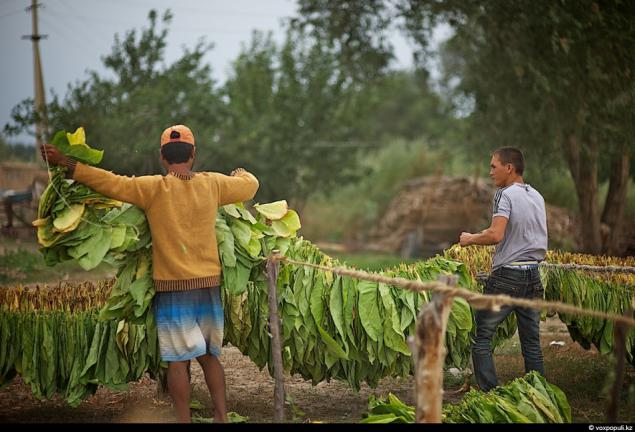
17.
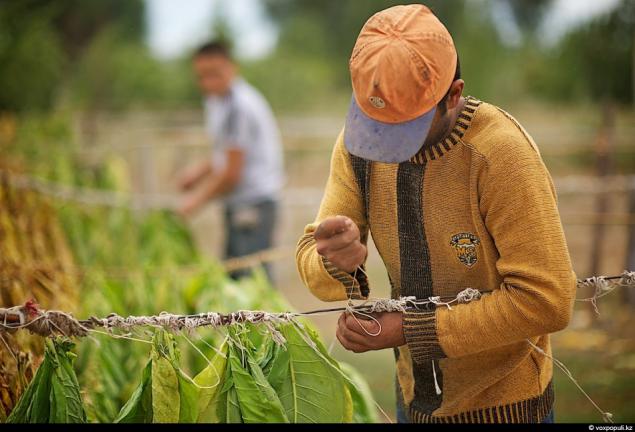
18. In good weather dried leaves two or three days

19. Rainy weather spoils tobacco, leaves start to turn black

20. overripe and nedospevshie give tobacco leaves with the worst qualities of smoking. The most top grade is considered to be a light-yellow leaves

21. Red-brown hue - the second grade, with a touch of blue-green - the third, black and green - the fourth and the lowest grade - Green

22. harm tobacco can carry and use. Tobacco oil is produced from the flowers of tobacco, regulate cell renewal of the organism through the skin during severe psoriasis

23. Technology of production of this oil has been developed in Kazakhstan, a connoisseur of plants and inventor Alla Nikolayevna
Chebotovoy

Source:
23 photos via voxpopuli
1. Tobacco seeds are usually sown in February and transplanting in the open ground is carried out in April-May

2. The variety of tobacco called "ordinary tobacco» (Nicotiana tabacum). A large plant with long leaves reaches a half to two meters tall. Information for our readers the name of the plant, "nicotine" has occurred in the XVI century and was named in honor of the French ambassador to Portugal, Jean Nicot, who introduced the use of the French court snuff

3. Collect the first tobacco leaves starts mid-July and continues until the end of August, when the leaves begin to turn yellow. On one bush is from 12 to 18 leaves, which are harvested manually, starting from the bottom. Scrub with dangling lower leaves continue to grow for several days in order to have time to develop the remaining leaves. Then middle leaves are removed, and a few days later, the uppermost - they produce the most intense and juicy

4. To avoid tobacco resin absorbing into the skin, use gloves and work clothes closed

5. It is unprofitable to remove leaves in unripe or green state entirely, as they have long dry raw materials and turns rough, which impairs their commercial quality

6. On the plantation area of 6 hectares per breaking going about a ton of raw

7. One sack of leaves weighs 30-45 kg

8. First, collect all the bags under the shed, then spread out leaves and begin the next stage - a bunch

9.

10. The most long and tedious stage is just stringing leaves

11. During the day, one worker stringing cords 20-25

12. During the six months of continuous work he can earn 1,000 to 1,500 dollars. Labor on tobacco plantations mostly residents of Kyrgyzstan and Uzbekistan, which are specifically come to work during the season. According to unofficial data of 4 to 30 thousand people

13. But even when legally in Kazakhstan, to talk about themselves, they are in no hurry - no need to once again remind myself of the migration police. In addition, the press did not cease scandals related to child labor in the tobacco fields

14. From the tar tobacco hands blackened. In addition, there is a so-called "green tobacco sickness" when because of nicotine absorbed by the skin appears dizziness, headache, nausea, rash, and red

15. But for the plantation workers - this is the only way to make money, so these "little things" do not pay attention

16. After tobacco leaves are collected in garlands, they are hung outdoors to dry

17.

18. In good weather dried leaves two or three days

19. Rainy weather spoils tobacco, leaves start to turn black

20. overripe and nedospevshie give tobacco leaves with the worst qualities of smoking. The most top grade is considered to be a light-yellow leaves

21. Red-brown hue - the second grade, with a touch of blue-green - the third, black and green - the fourth and the lowest grade - Green

22. harm tobacco can carry and use. Tobacco oil is produced from the flowers of tobacco, regulate cell renewal of the organism through the skin during severe psoriasis

23. Technology of production of this oil has been developed in Kazakhstan, a connoisseur of plants and inventor Alla Nikolayevna
Chebotovoy

Source:
